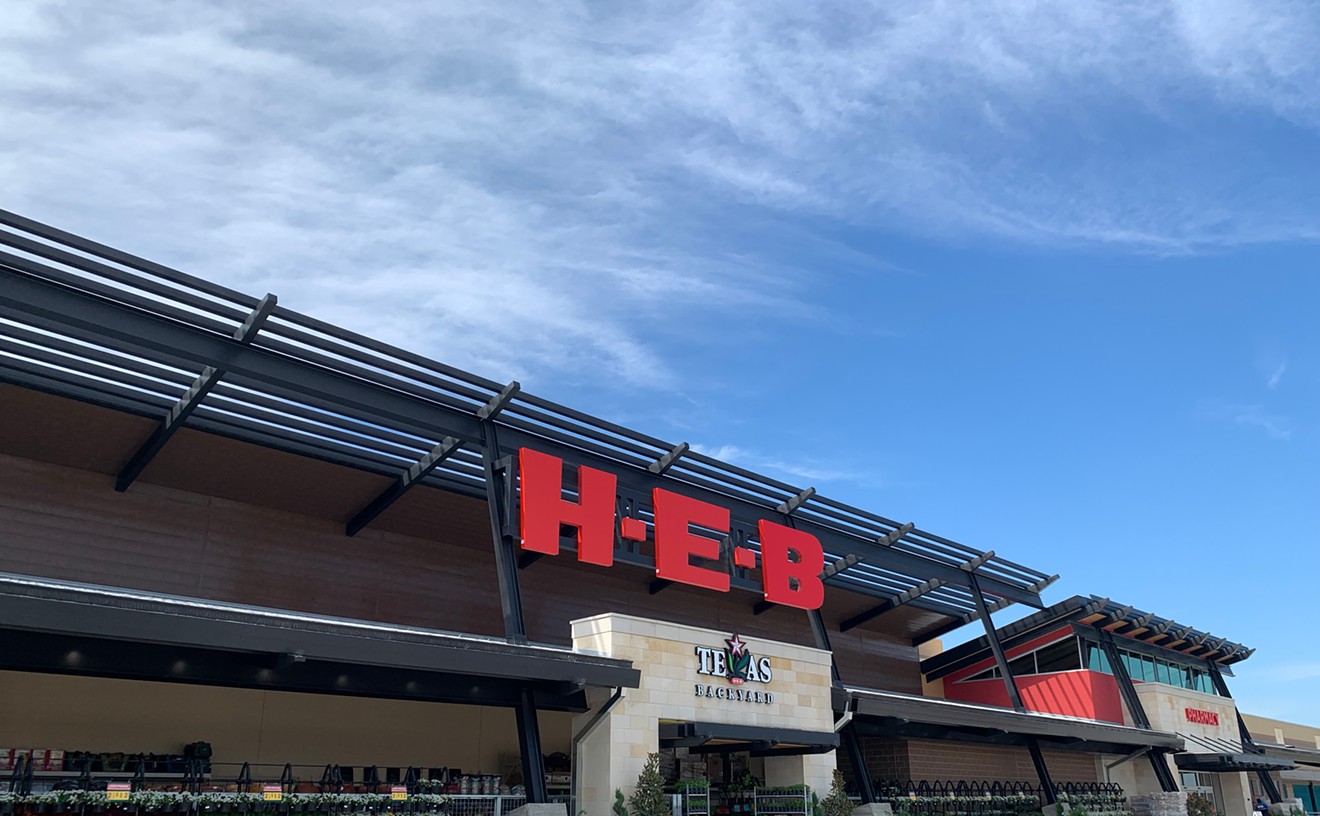Chalupas or tostadas? Sometimes it's hard to tell the difference.
Of course you know what constitutes a tostada. That's a flat, crispy disc
made from corn, then loaded with all sorts of freight including lettuce,
tomatoes, beans or meat, cheese, possibly pico or crema, and topped with
salsa. Just like a perfect little Mexican salad. In fact, I remember a time
several years ago when tostadas were listed in the salad section of some
menus, rather than with the appetizers or entrees.
In short, the concept of tostada is quite easily understood. So what's a
chalupa? Same thing?
Well, yes and no, depending on how they're made. Robb Walsh notes in The
Tex-Mex Cookbook that "Sometimes the word [chalupa] is used interchangeably
with tostadas, which means fried tortillas." Indeed that seems to be the
case in many Tex-Mex joints around town, where both chalupas and tostadas
take the form of flat fried discs. In such establishments, the term
"tostadas" is often used to denote discs topped with queso or guacamole
only, while the term "chalupas" is reserved for the more elaborately topped
discs.
Nonsense, retorts esteemed Mexican cookery guru Diana Kennedy. In her book
The Art of Mexican Cooking, she makes the distinction this way:
"No, (chalupas) are not flat and fried; those are tostadas. And, no, they
did not originate in California. Chalupas, oval-shaped masa snacks, are
named for the small canoes, chalupas, that have been used since
Pre-Columbian times in the waterways between the chinampas, the floating
gardens of Xochimilco. Chalupas are regional antojitos ('little whims', or
appetizers), found only in and around Mexico City, as far away as Puebla."
In other words, tostadas should be round, and chalupas should be shaped
like, well, little canoes. And they are baked first. In The Book of Latin
American Cooking, Elisabeth Lambert Ortiz describes their preparation:
"Pinch off a piece of tortilla dough....Flatten it into an oval on a tortilla
press, or pat it into shape by hand. Bake on a comal or griddle in the usual
way, then pinch up a ¼-inch rim all the way round. Fry in vegetable oil or
lard on the flat side. Some cooks spoon a little hot fat into the chalupa
when frying it. Use any filling, but the most usual is shredded chicken or
pork, crumbled or grated cheese, and a red or green chile sauce."
Chalupas prepared with this method will yield an almost delicate crunch
rather than the fried crispiness of the tostada. Some of the establishments
featuring interior of Mexico cooking may be the places to search for these
chalupas. For the more conventional Tex-Mex crispy style, you can go to a
joint like Grandpa Tony's near Love Field, where you can get three chalupas
topped with beans, ground beef or chicken for a bargain price. The service
is fast and friendly, and the chalupas and tostadas appear identical except
for toppings. In any case, the chalupas will look like perfect little
Mexican salads.










